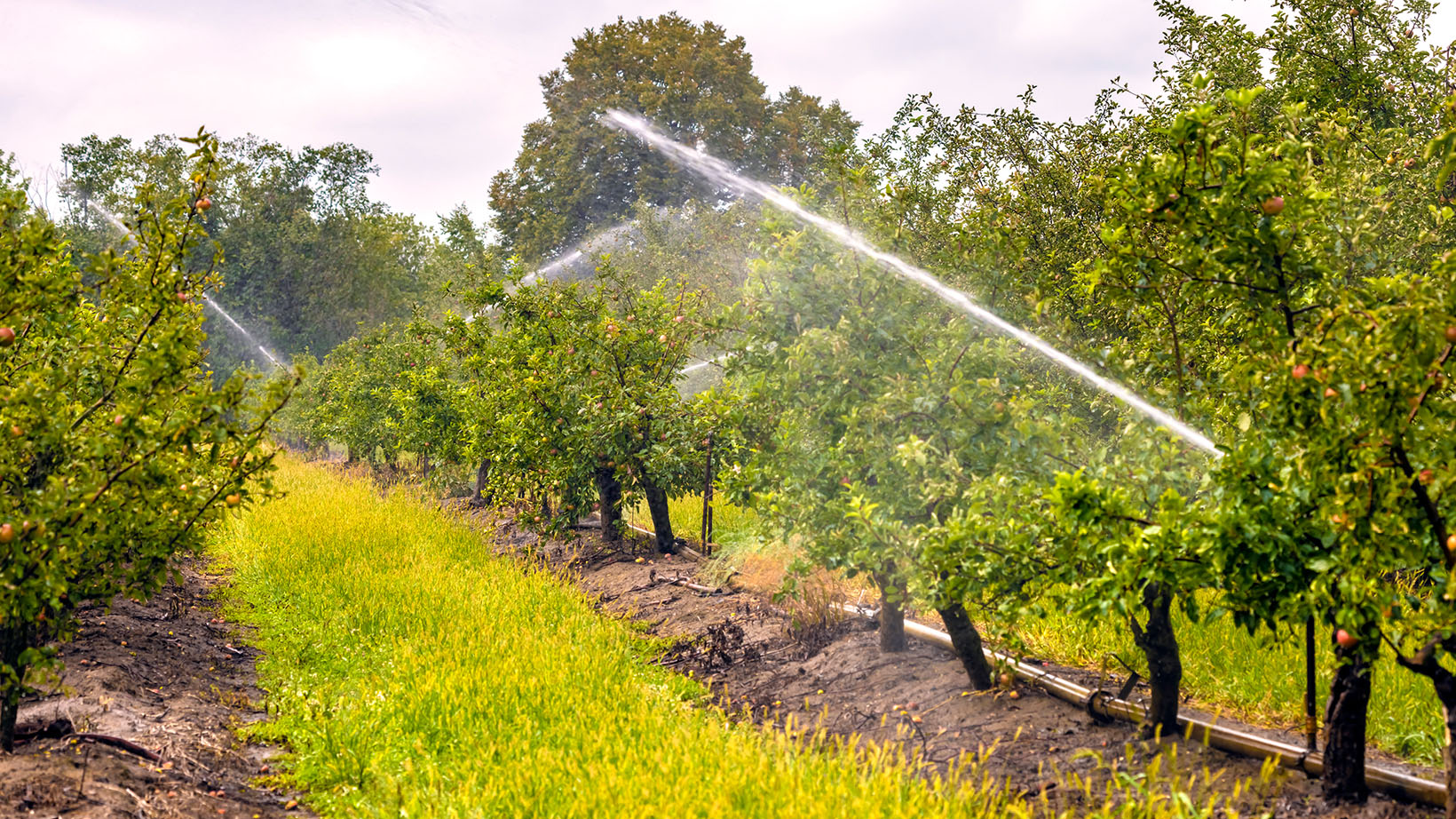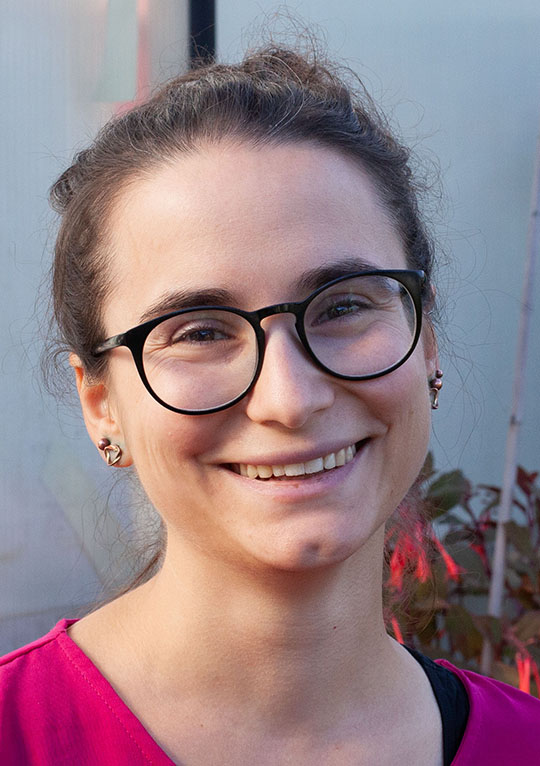Navigation auf uzh.ch
Navigation auf uzh.ch

What if there was an intelligent system that could monitor our potato fields or apple orchards around the clock? And what if it could autonomously and correctly regulate how much water, fertilizer or pesticide are needed?
Conventional AI applications aren’t much use here. This is because the sensors would have to transmit vast amounts of data to central servers, where the information would be analyzed before feeding the results back into the system. All this would require an extremely energy-intensive infrastructure, which is very difficult to put in place given how vast and often remote agricultural land often is.
Neuroinformatics scientist Chiara De Luca, currently a postdoc at the Digital Society Initiative at UZH and the Institute of Neuroinformatics at UZH and ETH Zurich, decided to take a different approach. She is developing sensors and chips inspired by biological neural networks that can autonomously analyze and interpret data collected on site. “It is a complementary approach to conventional artificial intelligence,” the neuroinformatics specialist explains. “It can be used wherever data need to be continuously processed on site using little energy.”
Working with her partners from the Polytechnic University of Turin, De Luca is conducting experiments using sensors that measure the soil humidity, pH levels and temperatures on an apple orchard. The data are analyzed by the chips built into the sensors. In the process, the system learns from the data it has collected and adds the new knowledge to what it already knows – just as a human brain would.
“It’s important to observe how the system develops over time,” says De Luca. This enables the system to detect anomalies and adapt its measures, e.g. to increase or decrease irrigation. The more diverse the parameters it measures, the better it can identify the cause of the anomaly.

Intelligent sensors can be used wherever data need to be continuously processed on site using little energy.
At the moment, the scope of De Luca’s research is limited to just a few parameters that can easily be quantified. “It would be great if we could measure the nutrients,” she says. However, doing so would require sophisticated chemical sensors that would also often need to be replaced. For now, that’s still too big an ask.
And yet, a lot can already be achieved with only a few simple sensors. “High water use is a great challenge in agriculture, for example,” says the researcher. Initial results from her study are promising and suggest that using neuromorphic sensors to manage agricultural land could indeed significantly reduce the use of resources.
Meanwhile, climate change is set to change the conditions for agriculture in many places the world over. Conventional wisdom on irrigation and fertilization fails to take these new circumstances into account. Agricultural practices that are based on up-to-date data could help tackle these changes.
At present, De Luca’s research is still focused on the basics, and commercial use is still years away. Until then, there are more than just technical hurdles that need to be overcome. “We also have to convince farmers to use the system.” says De Luca.